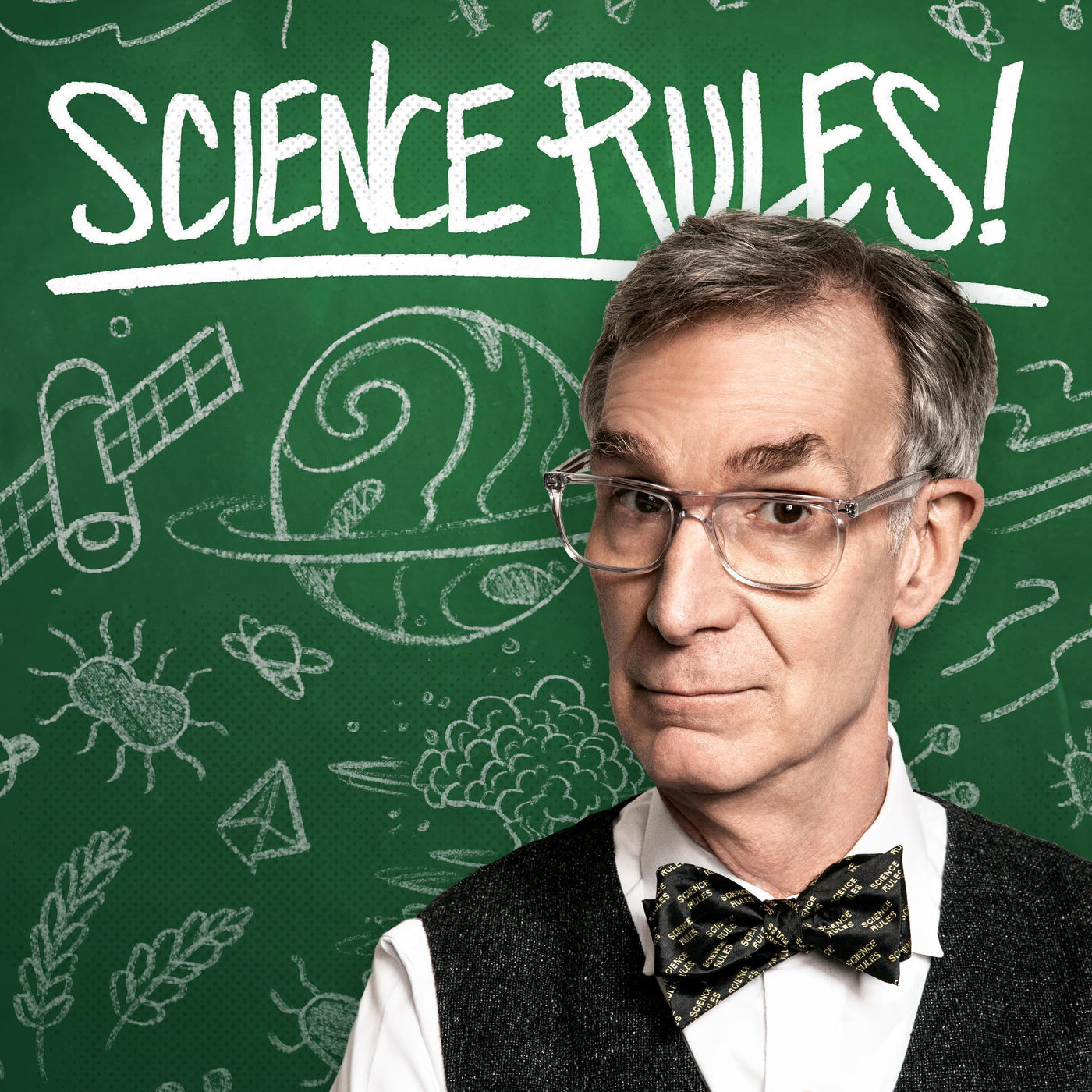According to Dr. Janna Levin, we should care because we should know where we are in the cosmic scheme of things. The answers come from studying the facts, which show that we are all the progeny of the Universe.
Dr. Levin states that scientists predict how hot the remaining light that the Bing Bang is, which involve the laws of physics. There is also a separate way to measure the age of the Universe by looking at Hubble and its conclusion.
It reveals that the further away you look at a galaxy, the faster it must be moving away from you. This is known as Hubble’s Law. This allows scientists to see how fast the galaxy is expanding today, and also how it did so in the past.
No. Dr. Levin states that we can’t estimate the size of the actual Universe. In fact, we may never know. What scientists can know is the size of the observable Universe due to the light travel time. Currently, the Universe’s estimate is 92 billion light years across.
It’s unanswerable. We may never be able to see that deep into space to know. According to Janna Levin, the Universe does not need to be expanded into anything, and can get bigger without expanding into anything.
Yes. As we’re visualizing it from the limitations of our human minds, we’re imagining this being nested in a higher dimension of space. Levin says that they are not near each other. The space is a multi-Universe.
It’s not impossible. One of the ways scientists conclude this is by thinking of black holes. Basically, nothing can be more compact than a black hole. You cannot pack more information on a black hole than what can be encoded on its surface area, not its volume. At most, we may be three dimensional illusions.
Say the Universe made stars, and the stars had thermonuclear explosions and made heavier elements— which are all the stuff for life. If the elements were not cast back into the Universe, but locked inside it, there would be no planets or lifeforms whatsoever.
Everything you've seen in the Universe makes up less than 5% of what’s out there in the Universe. Scientists know this because the Universe is accelerating faster. As we expand, so does the Universe.
Neutrinos are dark matter particles that doesn’t interact with light or atoms, which is why they can go through us. This kind of matter makes up about a quarter of dark matter.
It’s an idea that there is one fundamental law of physics. There are not many particles in the Universe, but one unified particle that is harmonizing at different times.
Every particle has a field component and a particle component. The field component is what interests scientists the most because it permeates all of space, and it looks like dark energy. It’s something our atoms interact with and why we feel inertia— it’s us interacting with the Higgs field.
In Einstein’s Theory of General Relativity, it is possible. But, there are some that argue that even though it’s permissible under strange conditions in relativity, the rest of physics may forbid it.
In Janna Levin’s view, it’s the point that space expands into other space. In a sense, it’s a meaningless question. Anything that can be expanded into is part of the Universe because it’s a part of space.
To sum it up: Wow. Bill Nye means that when we ponder the number of stars in our galaxy, then the number of galaxies we can observe, it’s more than we can imagine. Somehow, we are part of one way that the cosmos know itself.
